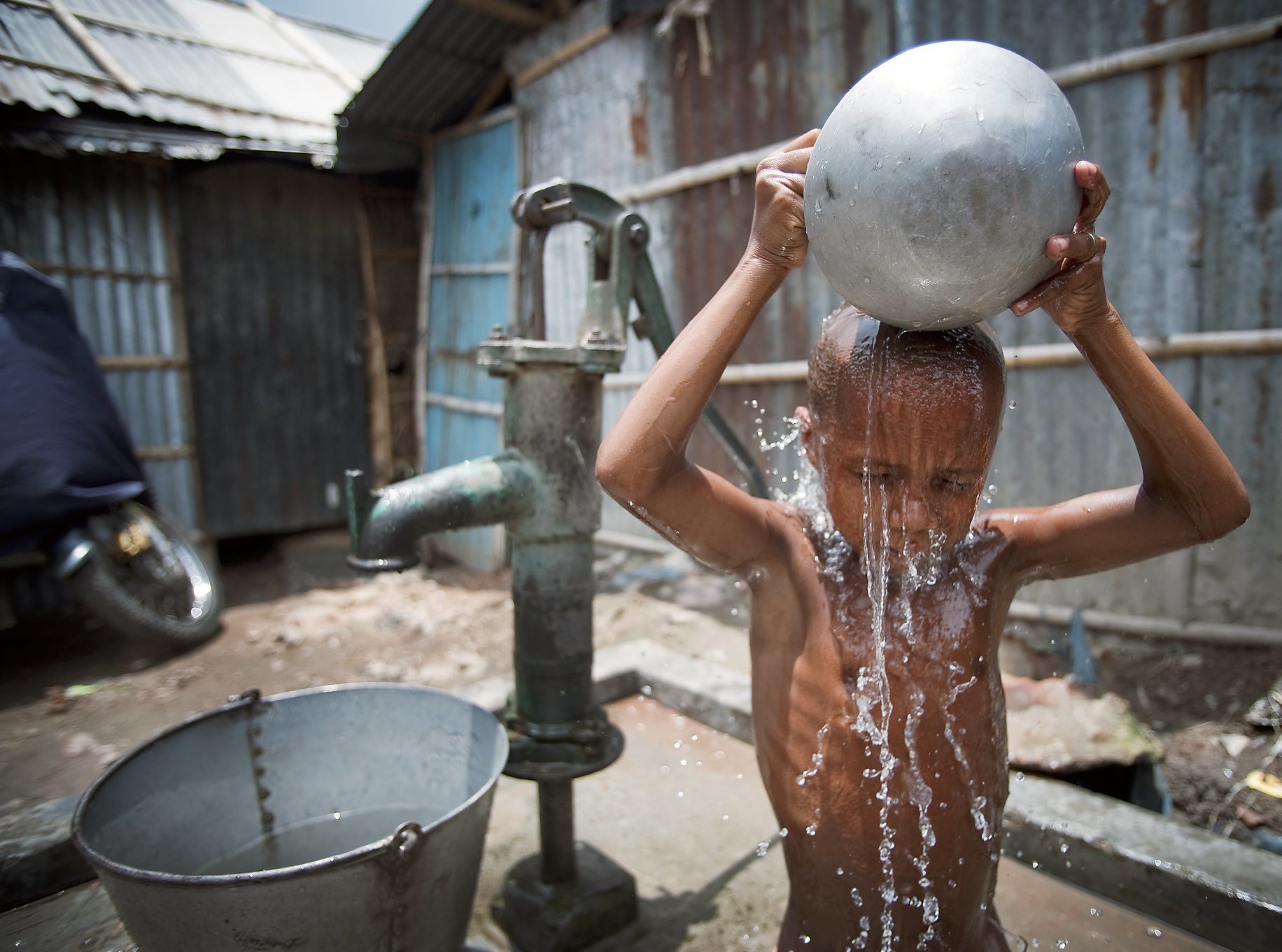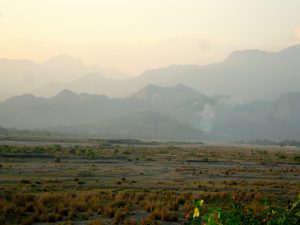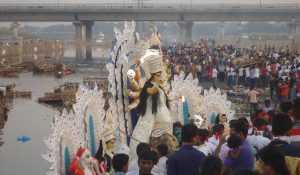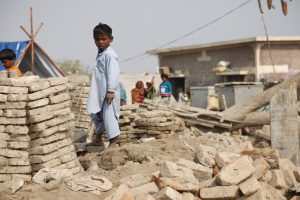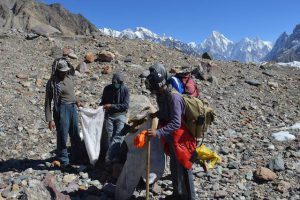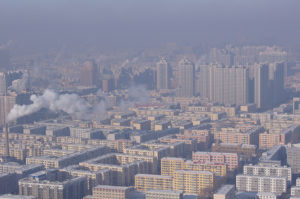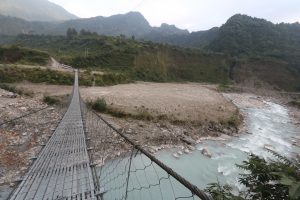Most of Dhaka’s 17 million people live with the risk of unsafe running water. Dhaka’s unsafe water crisis is thanks to a faulty distribution network of ageing pipelines that have corroded over time or been damaged by unplanned development and a poorly-managed sewerage system.
Dhaka’s unsafe water
The crisis of safe water in the sprawling 400-year-old Bangladesh capital is so acute that the Dhaka Water Supply and Sewerage Authority (DWASA) itself encourages people to boil tap water before drinking. There is scarcely anyone who dares drink water directly from the tap for fear of contracting water-borne diseases.
“Even we drink the water supplied at home only after boiling,” Abdul Kader, a DWASA official, told thethirdpole.net.
Statistics from DWASA – mandated with the task of supplying safe water and disposing of domestic and industrial waste in the fast growing megacity — reveal that there are five water treatment plants with a capacity of 2.42 billion litres water a day against a demand of about 2.5 billion litres. The problem therefore clearly lies in the network that distributes the water to taps across the city.
The water is safe at the point where it is treated, said Khondker Neaz Rahman, an urban planning expert. The problems begin with distribution system, he stressed.
Tackling Dhaka’s water crisis
There could finally be hope with several projects underway to repair the creaking network of Dhaka’s underground water pipelines in the next couple of years, said officials.
The overhaul plan includes a Tk.1,734.02 crore (US$222 million) project to repair old underground pipelines and set up new ones. Funded by the Asian Development Bank (ADB), the project began in 2008 and is expected to end in late 2016.
The World Bank is also financing the Dhaka Water Supply and Sanitation Project to improve storm water drainage and release of sewage. The Tk.644.22 crore (about US $82.5 million) project also began in 2008 and aims to excavate and maintain the 13 canals through the city.
The government has also undertaken a Tk.91.42 crore (about US$12 million) plan for the rehabilitation of old sewerage lines and the setting up of new lines to reduce sewage overflow, particularly during the monsoons. Begun in 2010, the project deadline is 2016.
Most underground pipelines in Dhaka were laid after the late 1950s when a master plan was developed for an area of 320 square kilometres and a population of a little more than 500,000. Since then, the city has to almost triple the size and its population to an estimated 17 million. The buried supply pipelines have also been steadily increasing – from 2,352 kilometres in 2008, for instance, to about 3,000 kilometres now.
Residents complain that the water coming out of the taps stink and is often muddy. The buried water pipes have erroded with age or because of thoughtless development works by other agencies, like those setting underground gas pipelines and telephone cables.
Though the government has been laying new pipelines with the expansion of the city, the old pipelines have almost never been repaired over the years, said Rahman. He added that that the lack of coordination between various departments had damaged water lines and led to water being contaminated with domestic and industrial wastes at numerous points.
DWASA CEO Taskin Ahmed Khan claims there is no shortage of water in the city, but
urban planners and residents see a serious crisis of safe and clean drinking water for consumers who pay over US$115.5 million every year.
According to WASA statistics, 78% of the city’s total water demands are met through groundwater extraction. With groundwater levels depleting at a rate of 2-3 metres per year in many places, the government recently launched a China-funded project to supply 450 million litres of water a day from the Padma river, nearly 50 kilometres away, by 2018.
Waste dumping
The management of sewage in Dhaka is even more deplorable than that of water supply with authorities admitting that most domestic and industrial waste heads to the four rivers – Buriganga, Turag, Sitalakkhya and Balu – and wetlands around the city. Buriganga, beside which Dhaka’s first water treatment plant was set up in 1875 by Nawab Khaja Abdul Ghani, receives the most waste.
According to Bazlur Rahman, an engineer at the housing and public works ministry, there are at least 60 discharge points that release storm water combined with domestic and industrial effluents into the rivers.
The issue of illegal waste dumping issue was taken to the high court in 2012, when officials at DWASA said they have no control over 70% the city’s waste and admitted that most goes untreated into the rivers.
Dhaka has now one sewage treatment plant and is planning 11 more to keep the water clean.
Selling fake water
The acute shortage of clean water has spawned a thriving business in bottled water. The Bangladesh Standard and Testing Institution has issued licences to as many as 150 firms while DWASA has allowed 38 others.
But there are problems in this too with consumers complaining of lack of monitoring by the authorities.
“I cannot trust them (the firms) as they fill the jars directly with tap water. They never filter it before supplying,” said Tasmin Kabir, a homemaker in Dhaka’s Mirpur neighbourhood, who has switched to boiling tap water.
Companies supplying water purifying machines are flourishing too, particularly in urban areas.
Health impact of Dhaka’s unsafe water
The poor management of water supply, thanks to governmental apathy and the lack of monitoring systems, has impacted directly on the health of the people of Dhaka.
In a 2014 study, the International Centre for Diarrhoeal Disease Research, Bangladesh found E coli bacteria in 63% of the water supplied by DWASA.
The centre said it treats on average 700 people with diarrhoea at its hospital every day with the intensity of the water borne disease going up during the dry season.
Iqbal Azad, manager of a water and sanitation project run by the NGO Plan International, said Dhaka residents have no good news soon as far as clean water is concerned. “They will have to depend on their own safety since underground water-pipelines are exposed to dangers,” he added.
